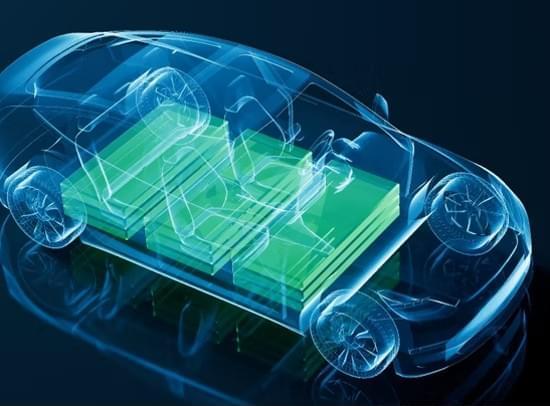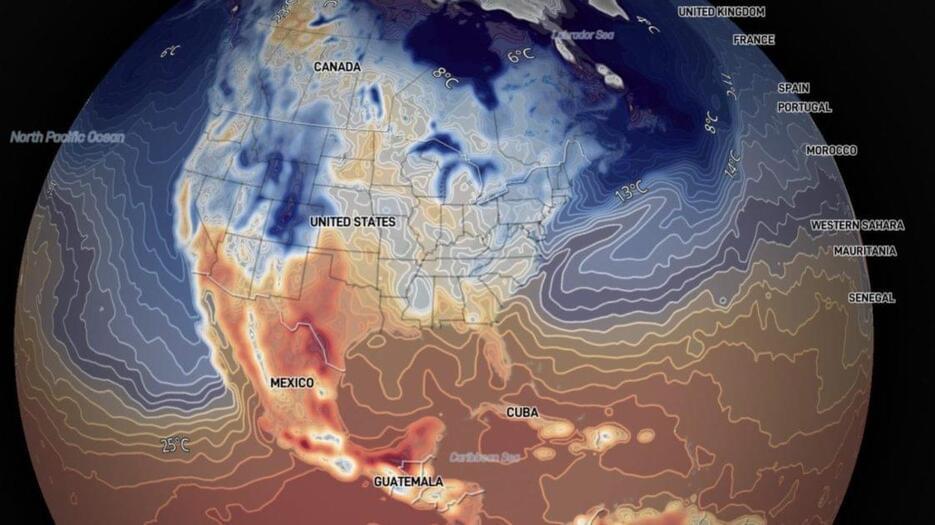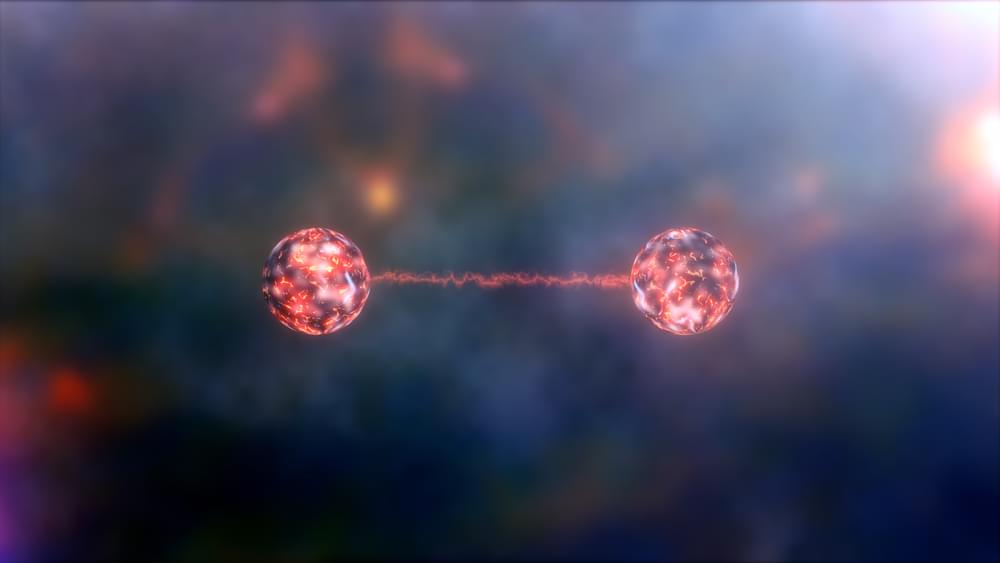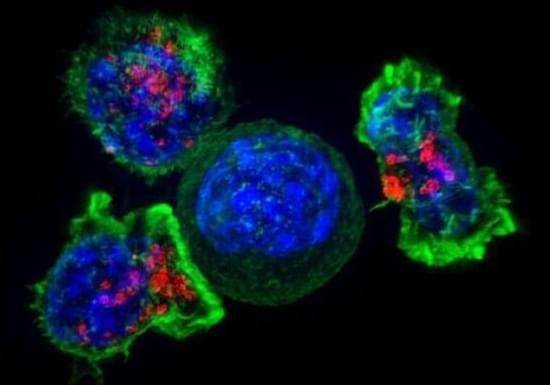Arms reduction is a noble goal, but it’s not one being pursued by some of the worst regimes in the world. The late George Shultz, former secretary of state for Ronald Reagan and a Cold Warrior, once advised against proliferating nuclear weapons. He quipped that “proliferation begets proliferation,” which the arms control lobby has used for decades to prevent the U.S. government from developing nukes.









